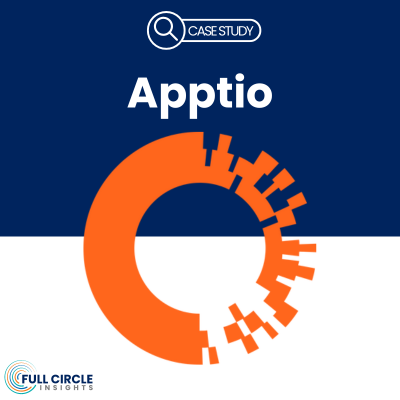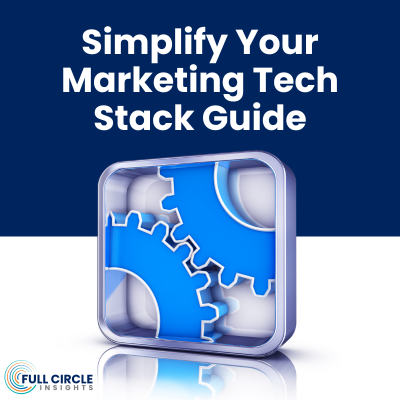As market uncertainty keeps tensions high and budgets tight, the pressure is on for marketers to prove the ROI of their team’s efforts. One of the most important focuses for marketing teams in 2023 is optimizing their tracking and measurement capabilities to show their impact on organizational growth and become better aligned with sales teams. In order to achieve this, one of the first things marketers can do is understand the increasingly important relationship between their B2B funnel metrics and attribution. In this way, marketers are relying more on analytics that clearly show the effectiveness of marketing initiatives.
While traditionally isolated, a closer look at these two critical components reveals a complimentary nature that could be the key to driving new efficiencies, and ultimately unlocking the analytical capabilities that marketing teams are looking for.
For marketers to begin understanding the importance of optimizing both B2B funnel metrics and attribution in 2023, it’s important to first understand how they differ.
What’s the difference between B2B funnel metrics and attribution?
While funnel metrics and attribution both provide analytical insights that can be used to measure and optimize the performance of marketing and sales efforts, the individual data points being utilized, as well as the processes they relate to, are entirely separate.
B2B funnel metrics are used to measure how customers respond as they move through different stages of a company’s sales funnel. By providing insights into the volume, velocity and conversion rates associated with each stage, sales teams can track the effectiveness of each process within the funnel and identify where improvements should be made.
Marketing attribution, on the other hand, is the practice of analyzing the different marketing touchpoints consumers encounter throughout the purchasing process. This allows marketing teams to attribute a sale or conversion to a specific touchpoint within the customer’s journey, and to optimize spend by allocating future investments to the most effective campaigns and strategies.
Why do you need attribution and funnel metrics to work together?
Despite their objective differences, there are a number of reasons to integrate these two processes, and even to consider the use of funnel metrics as a non-negotiable component of any modern attribution strategy. Here are just a few:
Combining funnel metrics and attribution drives efficiency. While one goal of attribution is to identify effective touchpoints and optimize spend, full visibility into the sales funnel reveals information related to processes that may impact the reliability of attribution efforts. For example, poor conversion rates at one stage of the funnel may contrast with the positive attribution of a touchpoint, revealing an opportunity to improve the individual process within the funnel in a way that also directly benefits the campaign.
Funnel metrics are crucial to the successful adoption of an ABM strategy. As more B2B marketers look to adopt an ABM approach, they will need to regard funnel metrics as a critical, if not non-negotiable aspect of the overall strategy. Put simply, as sales and marketing teams come together to target accounts rather than individuals, full visibility into the sales funnel is needed to identify bottlenecks in the sales process in order to validate attributions and prove ROI.
Integrating funnel metrics into attribution brings marketing and sales teams into alignment. Finally, whether you’re implementing an ABM strategy or not, combining funnel metrics and attribution helps align and improve collaboration between marketing and sales teams. When both teams can access and compare metrics from a single source of truth, they can identify the unique ways in which marketing decisions relate back to the sales funnel, and improve their collective ability to optimize both processes over time.
Overall, the integration of B2B funnel metrics may be the most viable first step for marketers looking to fully embrace the power of analytics, and ultimately to implement and maintain an effective attribution strategy in 2023.
This is particularly true when it comes to account-based strategies, which is why Full Circle ABM provides B2B marketers with the ability to track campaign attributions alongside full funnel visibility. As a result, marketers can better understand the relationship between sales funnel performance and customer behavior at different touchpoints, improving the overall collaboration between marketing and sales teams in the process.
Save this eBook for later.
Learn how to measure and engage key accounts, and identify top intent providers to enhance your ABM strategy.




